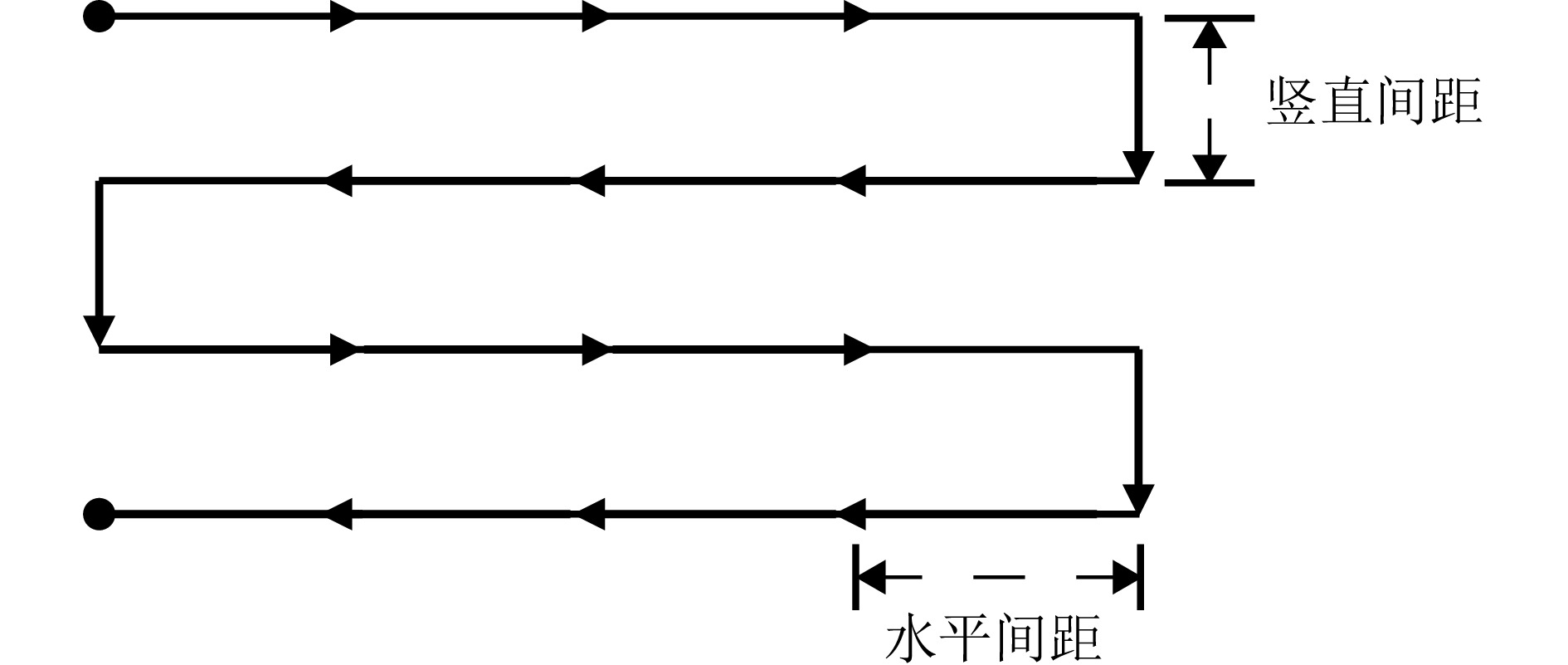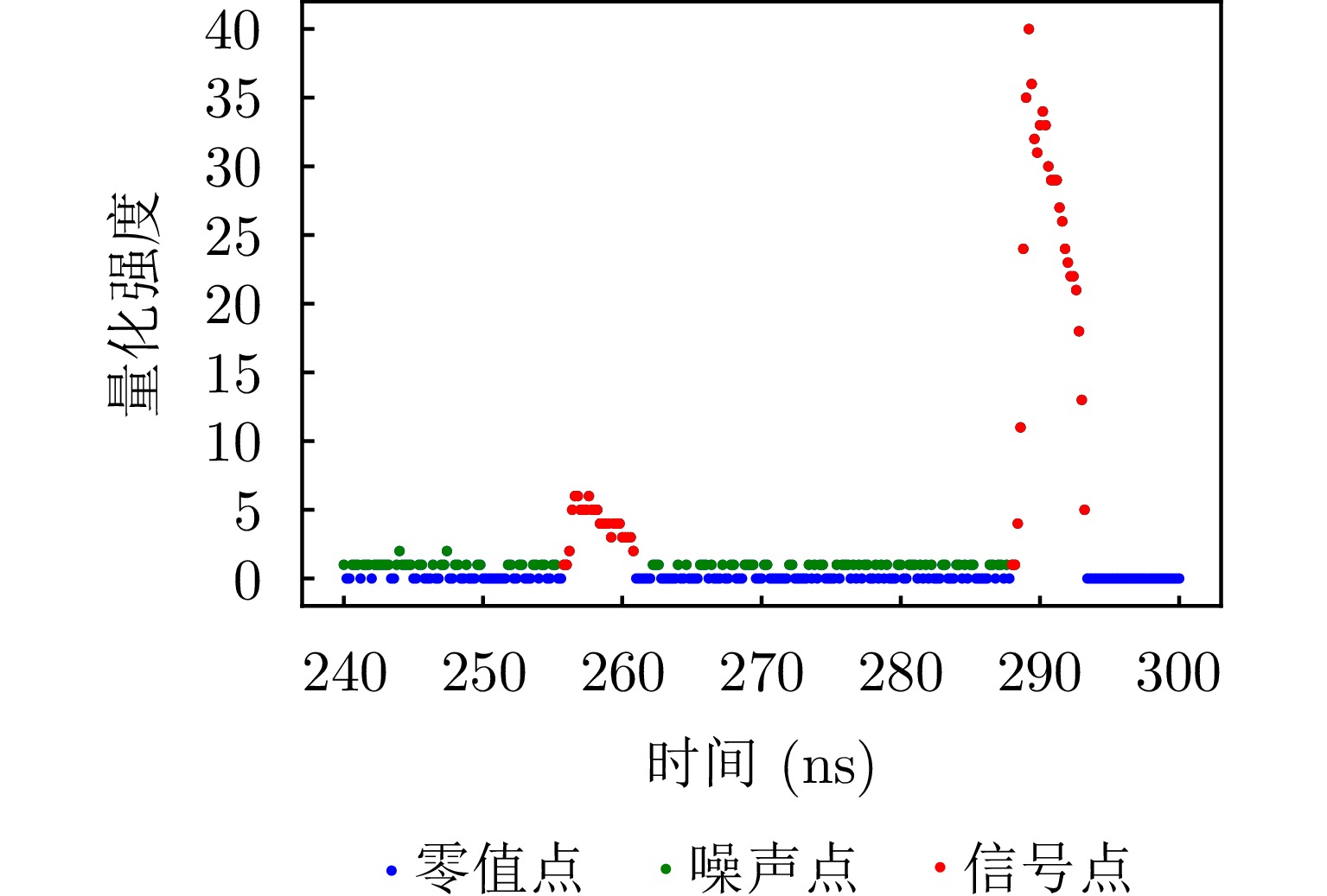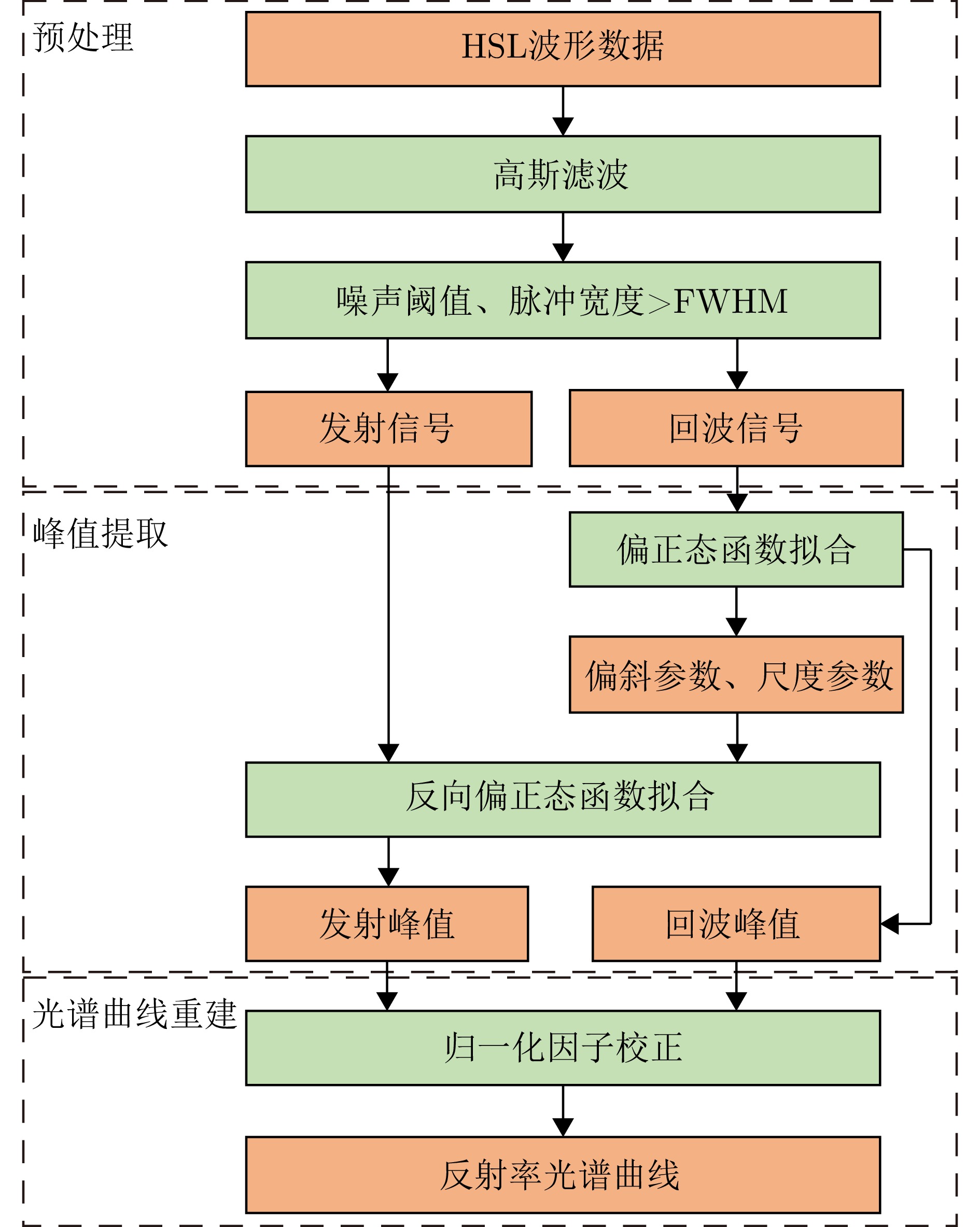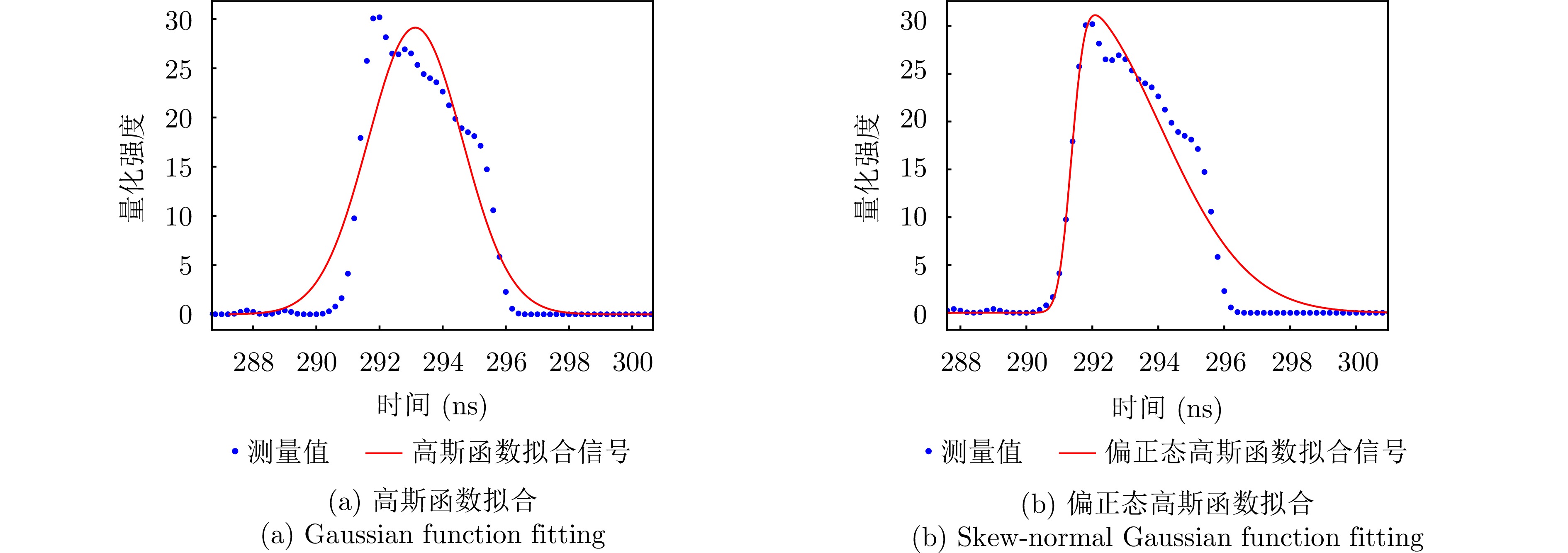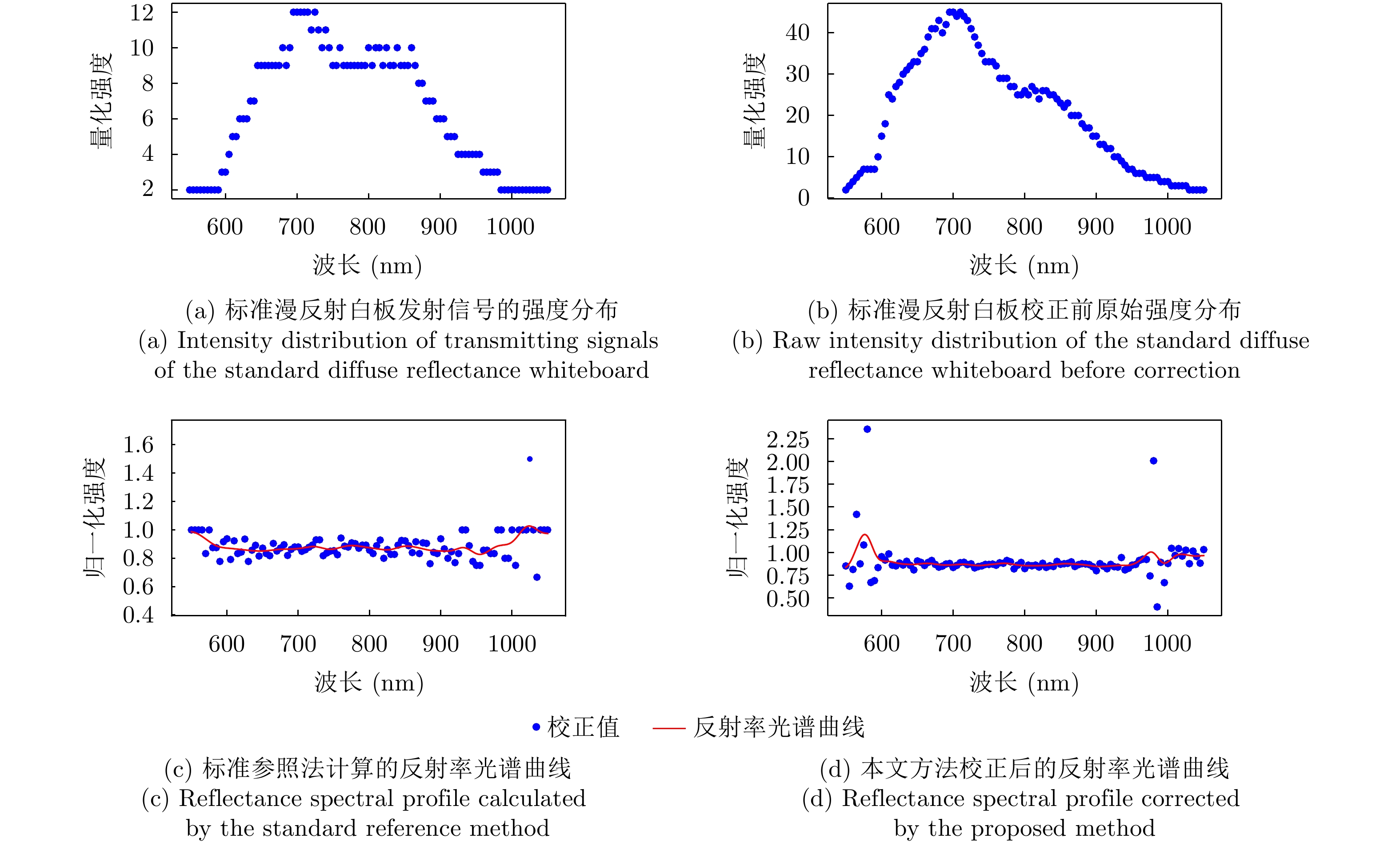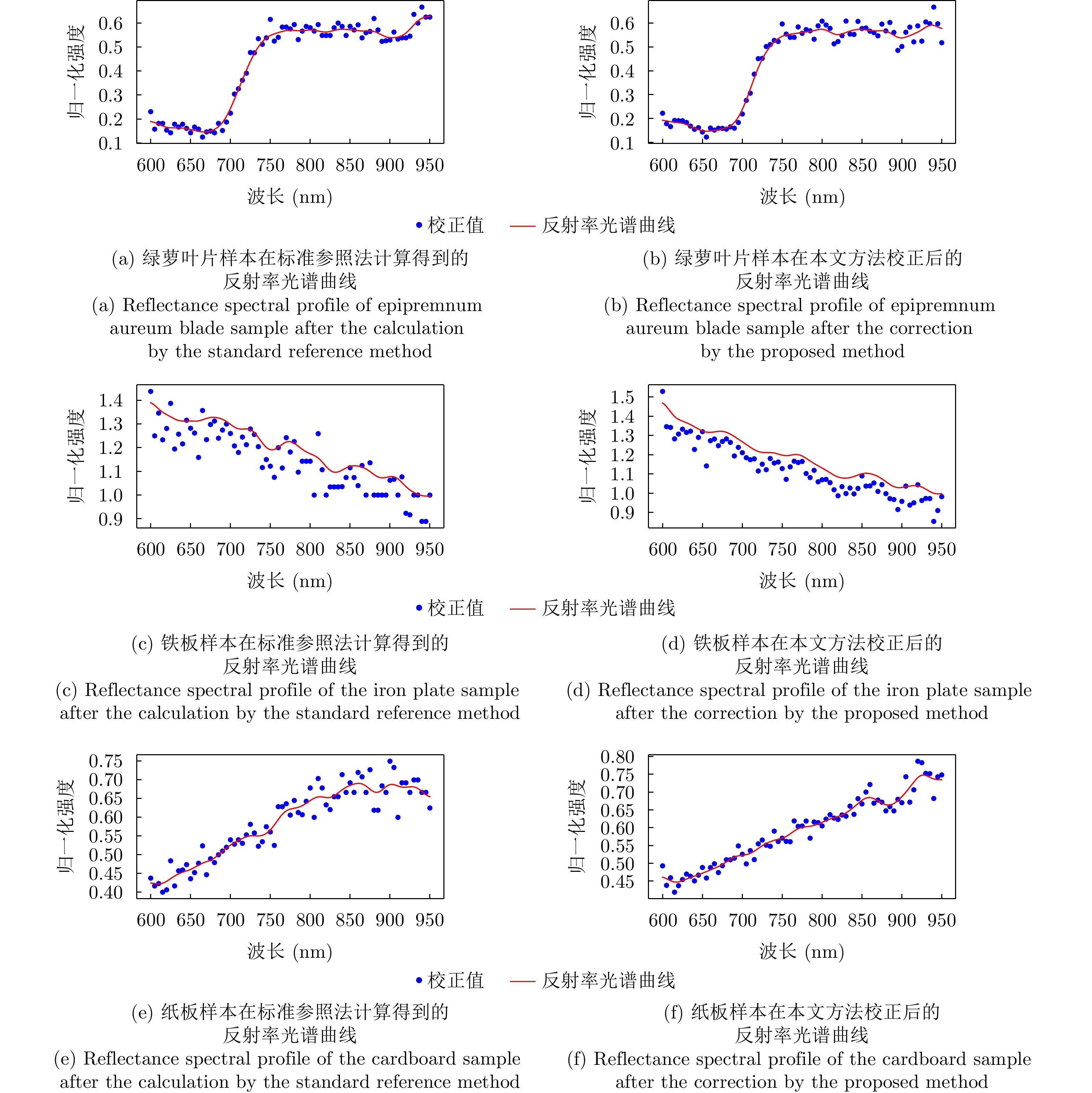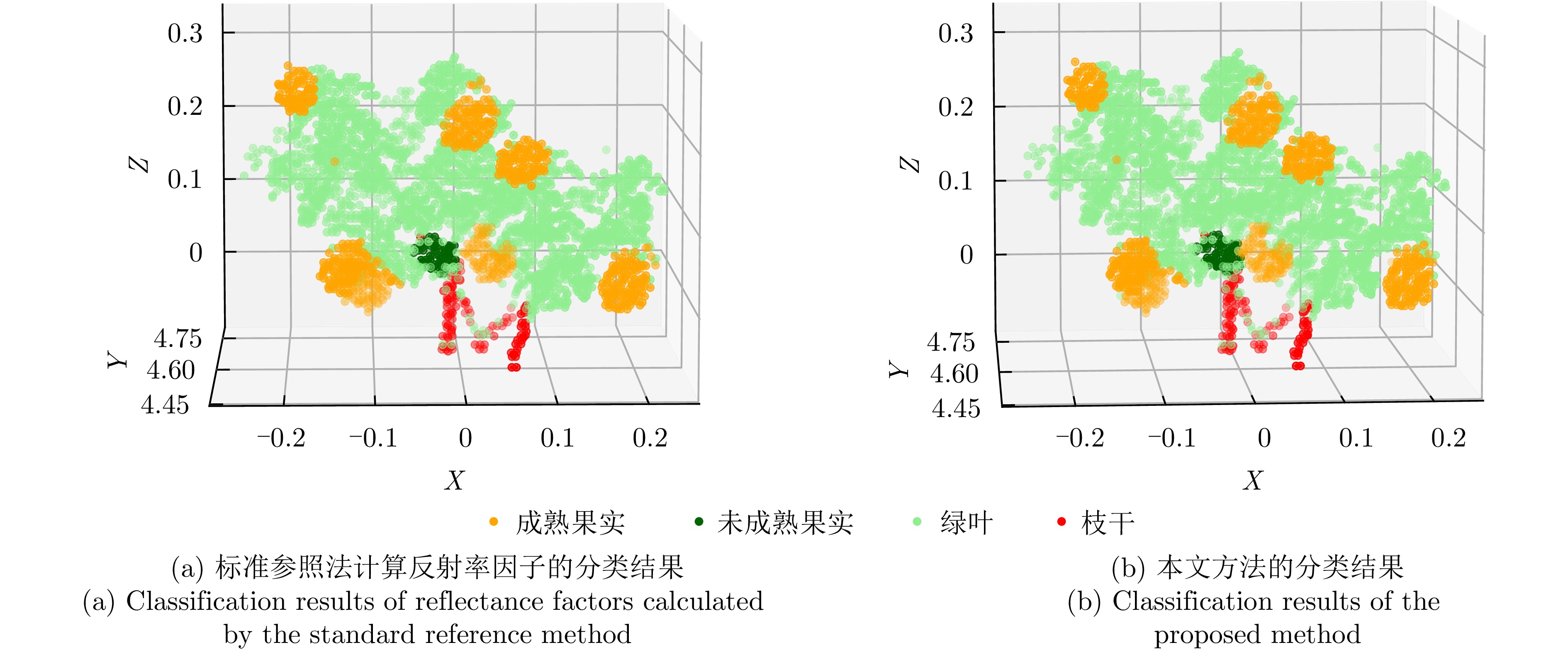| [1] |
WANG Junbo, WANG Lanying, FENG Shufang, et al. An overview of shoreline mapping by using airborne LiDAR[J]. Remote Sensing, 2023, 15(1): 253. doi: 10.3390/rs15010253. |
| [2] |
HU Tianyu, SUN Xiliang, SU Yanjun, et al. Development and performance evaluation of a very low-cost UAV-LiDAR system for forestry applications[J]. Remote Sensing, 2020, 13(1): 77. doi: 10.3390/rs13010077. |
| [3] |
CASPARI G. The potential of new LiDAR datasets for archaeology in Switzerland[J]. Remote Sensing, 2023, 15(6): 1569. doi: 10.3390/rs15061569. |
| [4] |
MILENKOVIĆ M, WAGNER W, QUAST R, et al. Total canopy transmittance estimated from small-footprint, full-waveform airborne LiDAR[J]. ISPRS Journal of Photogrammetry and Remote Sensing, 2017, 128: 61–72. doi: 10.1016/j.isprsjprs.2017.03.008. |
| [5] |
SUN Jia, SHI Shuo, YANG Jian, et al. Wavelength selection of the multispectral lidar system for estimating leaf chlorophyll and water contents through the PROSPECT model[J]. Agricultural and Forest Meteorology, 2019, 266/267: 43–52. doi: 10.1016/j.agrformet.2018.11.035. |
| [6] |
WALLACE A M, MCCARTHY A, NICHOL C J, et al. Design and evaluation of multispectral LiDAR for the recovery of arboreal parameters[J]. IEEE Transactions on Geoscience and Remote Sensing, 2014, 52(8): 4942–4954. doi: 10.1109/TGRS.2013.2285942. |
| [7] |
QI Baoling, YANG Guohui, ZHANG Yu, et al. Target intensity correction method based on incidence angle and distance for a pulsed Lidar system[J]. Applied Optics, 2024, 63(10): A86–A97. doi: 10.1364/AO.505690. |
| [8] |
BAI Jie, NIU Zheng, BI Kaiyi, et al. Bi-directional reflection characteristic of vegetation leaf measured by hyperspectral LiDAR and its impact on chlorophyll content estimation[J]. Spectroscopy and Spectral Analysis, 2023, 43(5): 1598–1605. doi: 10.3964/j.issn.1000-0593(2023)05-1598-08. |
| [9] |
BAI Jie, NIU Zheng, and LI Wang. A theoretical demonstration on the independence of distance and incidence angle effects for small-footprint hyperspectral LiDAR: Basic physical concepts[J]. Remote Sensing of Environment, 2024, 315: 114452. doi: 10.1016/j.rse.2024.114452. |
| [10] |
HÖFLE B and PFEIFER N. Correction of laser scanning intensity data: Data and model-driven approaches[J]. ISPRS Journal of Photogrammetry and Remote Sensing, 2007, 62(6): 415–433. doi: 10.1016/j.isprsjprs.2007.05.008. |
| [11] |
LIU Weidong, XIANG Yueqin, ZHENG Lanfen, et al. Relationships between rice LAI, CH.D and hyperspectral data[J]. Journal of Remote Sensing, 2000, 21(4): 279–283. doi: 10.11834/jrs.20000407. |
| [12] |
BAI Jie, NIU Zheng, GAO Shuai, et al. An exploration, analysis, and correction of the distance effect on terrestrial hyperspectral LiDAR data[J]. ISPRS Journal of Photogrammetry and Remote Sensing, 2023, 198: 60–83. doi: 10.1016/j.isprsjprs.2023.03.001. |
| [13] |
TIAN Wenxin, TANG Lingli, CHEN Yuwei, et al. Analysis and radiometric calibration for backscatter intensity of hyperspectral LiDAR caused by incident angle effect[J]. Sensors, 2021, 21(9): 2960. doi: 10.3390/s21092960. |
| [14] |
BAI Jie, GAO Shuai, NIU Zheng, et al. A novel algorithm for leaf incidence angle effect correction of hyperspectral LiDAR[J]. IEEE Transactions on Geoscience and Remote Sensing, 2022, 60: 5700409. doi: 10.1109/TGRS.2021.3070652. |
| [15] |
QIAN Xu, YANG Jian, SHI Shuo, et al. Analyzing the effect of incident angle on echo intensity acquired by hyperspectral lidar based on the Lambert-Beckman model[J]. Optics Express, 2021, 29(7): 11055–11069. doi: 10.1364/OE.420468. |
| [16] |
ZHU Xi, WANG Tiejun, DARVISHZADEH R, et al. 3D leaf water content mapping using terrestrial laser scanner backscatter intensity with radiometric correction[J]. ISPRS Journal of Photogrammetry and Remote Sensing, 2015, 110: 14–23. doi: 10.1016/j.isprsjprs.2015.10.001. |
| [17] |
NEVALAINEN O, HAKALA T, SUOMALAINEN J, et al. Fast and nondestructive method for leaf level chlorophyll estimation using hyperspectral LiDAR[J]. Agricultural and Forest Meteorology, 2014, 198/199: 250–258. doi: 10.1016/j.agrformet.2014.08.018. |
| [18] |
NEVALAINEN O, HAKALA T, SUOMALAINEN J, et al. Nitrogen concentration estimation with hyperspectral LiDAR[J]. ISPRS Annals of the Photogrammetry, Remote Sensing and Spatial Information Sciences, 2013, II-5/W2: 205–210. doi: 10.5194/isprsannals-II-5-W2-205-2013. |
| [19] |
SANKEY T, DONAGER J, MCVAY J, et al. UAV lidar and hyperspectral fusion for forest monitoring in the southwestern USA[J]. Remote Sensing of Environment, 2017, 195: 30–43. doi: 10.1016/j.rse.2017.04.007. |
| [20] |
HURTT G C, DUBAYAH R, DRAKE J, et al. Beyond potential vegetation: Combining lidar data and a height‐structured model for carbon studies[J]. Ecological Applications, 2004, 14(3): 873–883. doi: 10.1890/02-5317. |
| [21] |
THOMAS V, MCCAUGHEY J H, TREITZ P, et al. Spatial modelling of photosynthesis for a boreal mixedwood forest by integrating micrometeorological, lidar and hyperspectral remote sensing data[J]. Agricultural and Forest Meteorology, 2009, 149(3/4): 639–654. doi: 10.1016/j.agrformet.2008.10.016. |
| [22] |
BAUER S and LEÓN F P. Spectral and geometric aspects of mineral identification by means of hyperspectral fluorescence imaging[J]. tm-Technisches Messen, 2015, 82(12): 597–605. doi: 10.1515/teme-2015-0039. |
| [23] |
ZHANG Huijing, ZHOU Mei, WU Haohao, et al. Application of high-precision matching about multisensor in fast stereo imaging[C]. Sensors, Systems, and Next-Generation Satellites XIX, Toulouse, France, 2015: 606–612. doi: 10.1117/12.2194909. |
| [24] |
GAULTON R, DANSON F M, RAMIREZ F A, et al. The potential of dual-wavelength laser scanning for estimating vegetation moisture content[J]. Remote Sensing of Environment, 2013, 132: 32–39. doi: 10.1016/j.rse.2013.01.001. |
| [25] |
MARK D F, SASSE F, and SCHOFIELD L A. Spectral and spatial information from a novel dual-wavelength full-waveform terrestrial laser scanner for forest ecology[J]. Interface Focus, 2018, 8(2): 20170049. doi: 10.1098/rsfs.2017.0049. |
| [26] |
EITE J U H, MAGNEY T S, VIERLING L A, et al. Assessment of crop foliar nitrogen using a novel dual-wavelength laser system and implications for conducting laser-based plant physiology[J]. ISPRS Journal of Photogrammetry and Remote Sensing, 2014, 97: 229–240. doi: 10.1016/j.isprsjprs.2014.09.009. |
| [27] |
DANSON F M, GAULTON R, ARMITAGE R P, et al. Developing a dual-wavelength full-waveform terrestrial laser scanner to characterize forest canopy structure[J]. Agricultural and Forest Meteorology, 2014, 198/199: 7–14. doi: 10.1016/j.agrformet.2014.07.007. |
| [28] |
CHEN Biwu, SHI Shuo, GONG Wei, et al. Multispectral LiDAR point cloud classification: A two-step approach[J]. Remote Sensing, 2017, 9(4): 373. doi: 10.3390/rs9040373. |
| [29] |
ZHANG Changsai, GAO Shuai, LI Wang, et al. Radiometric calibration for incidence angle, range and sub-footprint effects on hyperspectral LiDAR backscatter intensity[J]. Remote Sensing, 2020, 12(17): 2855. doi: 10.3390/rs12172855. |
| [30] |
CHEN Yuwei, LI Wei, HYYPPÄ J, et al. A 10-nm spectral resolution hyperspectral LiDAR system based on an acousto-optic tunable filter[J]. Sensors, 2019, 19(7): 1620. doi: 10.3390/s19071620. |
| [31] |
SHAO Hui, CHEN Yuwei, YANG Zhirong, et al. A 91-channel hyperspectral LiDAR for coal/rock classification[J]. IEEE Geoscience and Remote Sensing Letters, 2020, 17(6): 1052–1056. doi: 10.1109/LGRS.2019.2937720. |
| [32] |
SHAO Hui, CHEN Yuwei, LI Wei, et al. An investigation of spectral band selection for hyperspectral LiDAR technique[J]. Electronics, 2020, 9(1): 148. doi: 10.3390/electronics9010148. |
| [33] |
SUN Jia, SHI Shuo, YANG Jian, et al. Estimating leaf chlorophyll status using hyperspectral lidar measurements by PROSPECT model inversion[J]. Remote Sensing of Environment, 2018, 212: 1–7. doi: 10.1016/j.rse.2018.04.024. |
| [34] |
CHEN Bowen, SHI Shuo, GONG Wei, et al. True-color three-dimensional imaging and target classification based on hyperspectral LiDAR[J]. Remote Sensing, 2019, 11(13): 1541. doi: 10.3390/rs11131541. |
| [35] |
BI Kaiyi, XIAO Shunfu, GAO Shuai, et al. Estimating vertical chlorophyll concentrations in maize in different health states using hyperspectral LiDAR[J]. IEEE Transactions on Geoscience and Remote Sensing, 2020, 58(11): 8125–8133. doi: 10.1109/TGRS.2020.2987436. |
| [36] |
SHAO Hui, CAO Zheng, LI Wei, et al. Feasibility study of wood-leaf separation based on hyperspectral LiDAR technology in indoor circumstances[J]. IEEE Journal of Selected Topics in Applied Earth Observations and Remote Sensing, 2022, 15: 729–738. doi: 10.1109/JSTARS.2021.3134651. |
| [37] |
SHAO Hui, ZHANG Hulong, HU Peilun, et al. Feasibility study of forest wood-boring pest detection base on hyperspectral LiDAR[J]. International Journal of Remote Sensing, 2024, 45(6): 1926–1948. doi: 10.1080/01431161.2024.2320180. |
| [38] |
何子辛, 邵慧, 郭航, 等. 基于高光谱激光雷达信号强度免校准的煤岩分类[J]. 红外与激光工程, 2021, 50(10): 20200518. doi: 10.3788/IRLA20200518. HE Zixin, SHAO Hui, GUO Hang, et al. Classification of coal/rock based on hyperspectral LiDAR calibration-free signals[J]. Infrared and Laser Engineering, 2021, 50(10): 20200518. doi: 10.3788/IRLA20200518. |
| [39] |
WAGNER W, ULLRICH A, DUCIC V, et al. Gaussian decomposition and calibration of a novel small-footprint full-waveform digitising airborne laser scanner[J]. ISPRS Journal of Photogrammetry and Remote Sensing, 2006, 60(2): 100–112. doi: 10.1016/j.isprsjprs.2005.12.001. |
| [40] |
DU Song, LI Xiaohui, LIU Zhaoyan, et al. Radiometric characteristics of the intensity data of laser scanner[J]. Journal of University of Chinese Academy of Sciences, 2019, 36(3): 392–400. doi: 10.7523/j.issn.2095-6134.2019.03.013. |
| [41] |
KAVAYA M J, MENZIES R T, HANER D A, et al. Target reflectance measurements for calibration of lidar atmospheric backscatter data[J]. Applied Optics, 1983, 22(17): 2619–2628. doi: 10.1364/AO.22.002619. |
| [42] |
DING Qiong, CHEN Wu, KING B, et al. Combination of overlap-driven adjustment and Phong model for LiDAR intensity correction[J]. ISPRS Journal of Photogrammetry and Remote Sensing, 2013, 75: 40–47. doi: 10.1016/j.isprsjprs.2012.09.015. |
| [43] |
SONG Shalei, WANG Binhui, GONG Wei, et al. A new waveform decomposition method for multispectral LiDAR[J]. ISPRS Journal of Photogrammetry and Remote Sensing, 2019, 149: 40–49. doi: 10.1016/j.isprsjprs.2019.01.014. |
| [44] |
CLEVERS J G P W, DE JONG S M, EPEMA G F, et al. Derivation of the red edge index using the MERIS standard band setting[J]. International Journal of Remote Sensing, 2002, 23(16): 3169–3184. doi: 10.1080/01431160110104647. |
| [45] |
RAN Yanhong, SONG Shalei, HOU Xiaxia, et al. Multi-echo hyperspectral reflectance extraction method based on full waveform hyperspectral LiDAR[J]. ISPRS Journal of Photogrammetry and Remote Sensing, 2024, 207: 43–56. doi: 10.1016/j.isprsjprs.2023.11.019. |
| [46] |
XIA Yuhao, XU Shilong, SHAO Hui, et al. Range resolution enhanced method with spectral properties for hyperspectral LiDAR[J]. IEEE Transactions on Geoscience and Remote Sensing, 2023, 61: 5703517. doi: 10.1109/TGRS.2023.3301896. |
| [47] |
BAI Jie, NIU Zheng, HUANG Yanru, et al. Full-waveform hyperspectral LiDAR data decomposition via ranking central locations of natural target echoes (Rclonte) at different wavelengths[J]. Remote Sensing of Environment, 2024, 310: 114227. doi: 10.1016/j.rse.2024.114227. |
| [48] |
|




 Submit Manuscript
Submit Manuscript Peer Review
Peer Review Editor Work
Editor Work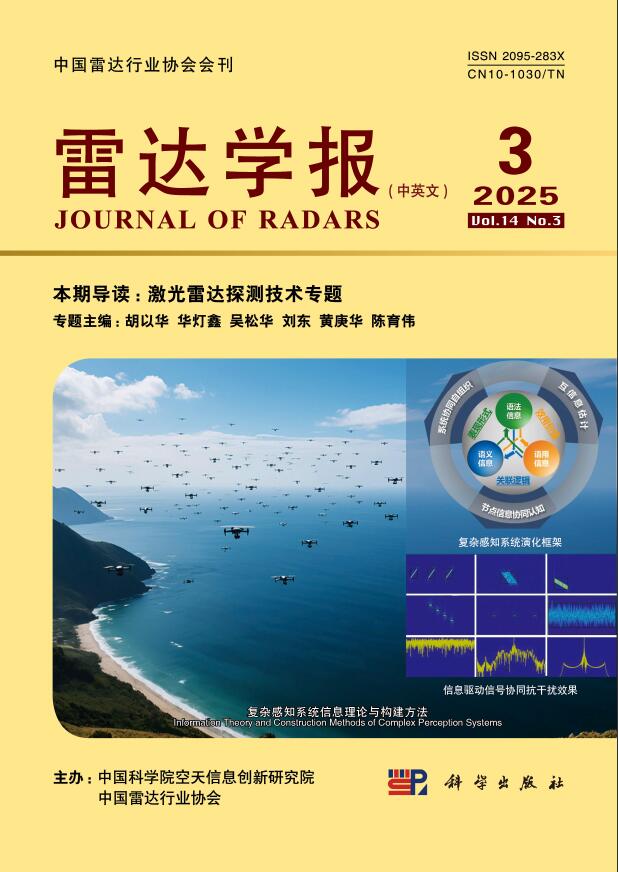

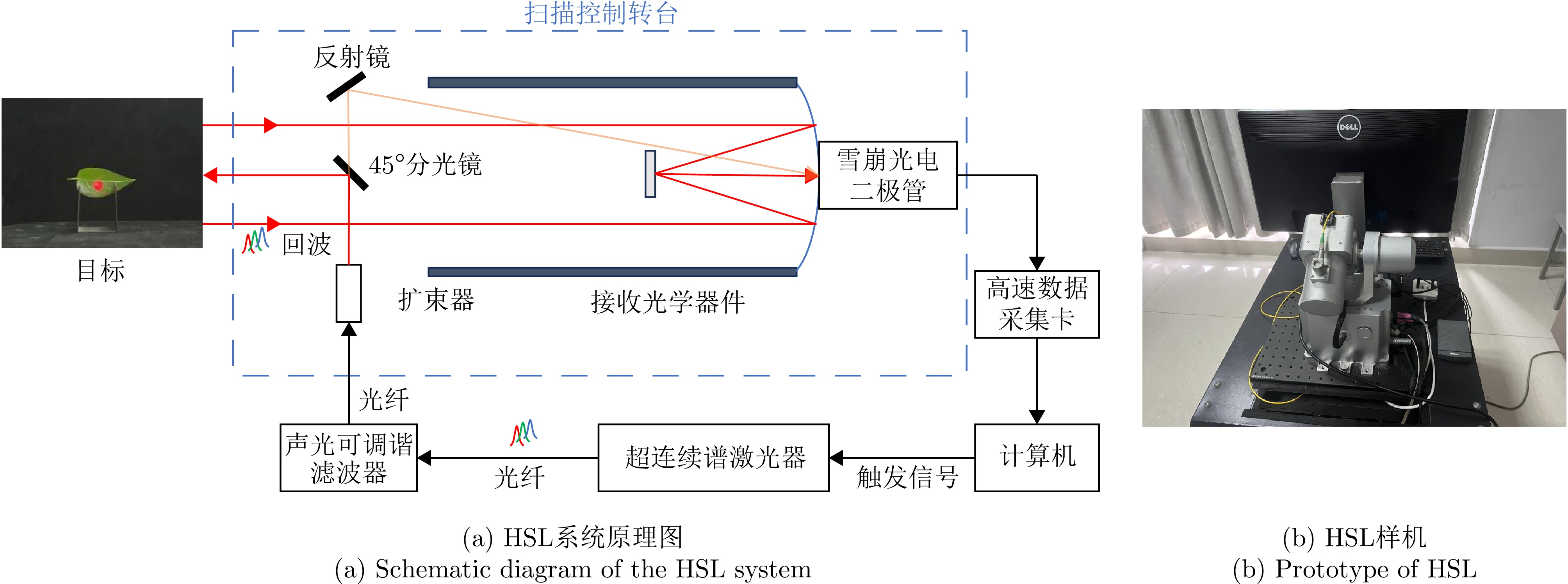



 DownLoad:
DownLoad:
